I’m not saying it! I don’t think I’ve seen a single review of Matt Fraction’s superhero-free series which hasn’t eagerly slipped in at least seventeen b-words inbetween sentences. We’re better than that here at T’Beat, promise. The most recent issue of Marvel’s new most-praised book was a fill-in issue brought about at the last minute by Fraction himself. After the experience America went through last year during Hurricane Sandy, he decided he was determined that something should be done to keep it in memory, and address how people got through the event. And so he drafted in two of his favourite artists, added two new white hairs to Steve Wacker’s head (which he calls Jaye and Kurt), and wrote this issue.
Splitting the comic in half, Fraction first writes a story for Clint Barton, before then turning to Kate Bishop, who is simultaneously facing a different crisis where she is. The weakest aspect of the issue is probably the start of Kate’s story, which due to time constraints has to make a very quick leap from a power-cut to a Poseidon Adventure-style calamity between pages. This is likely because the story came together so quickly, and there wasn’t room for more pages in the final product – it takes time to draw, ink, colour and letter a page. But there are a few similar jumps in Kate’s story, which Fraction has to paper over as best he can with the dialogue.
Which is where the issue is best. Matt Fraction has, for the entirety of his Marvel career, been a writer who thrives best in the moment. When given a long-term, epic storyline to create and maintain, he panics and misses out plot and character and Fear Itself is written. But when he’s got space to breathe, ignore crossovers and enjoy his work, he comes up with something like Iron Fist or Hawkeye. The book feels relaxed in tone even when things get dangerous and scary for the leads. There’s a sense here that Fraction is here growing in confidence that his character work is enough to tell a story without having to make things epic or important.
And this issue is the perfect encapsulation for that ethos. Hawkeye may not be seen as the ‘important’ book in the Marvel line – it doesn’t change the world every week, kill off characters or bring them back to life. But it was the only Marvel title to address an actually-important real-life event. It may not be important in the Marvel Universe, but it’s important in the comic book market. Fraction’s use of character is exceptional in the series as a whole, but especially here, where he has to break apart the two leads and see them work by themselves.
There are recurring jokes here, but none of them have become forced – he knows when to back away from a gag in order to keep it working. The supporting characters manage to retain a surprising amount of depth whilst still doing all the things which first established them – here we see the man who thinks Clint is called ‘Hawkguy’ return. And whilst we get a new insight into his life and times, he does still call Clint Hawkguy, and he still acts like the quick joke he was when he first appeared. There’s a treatment of humour in Hawkeye which works carefully to improve the characters and small-scale world for Clint Barton, rather than make fun of it and deconstruct.
Matt Hollingsworth has been the colourist since the start, and his muted but varied colour palette has given the book a distinctive calm, washed-out look since the beginning which matches Fraction’s scripting completely. Without his work, the book would’ve felt much more generic than it does – he serves the pages brilliantly, and adds a feeling of experience to Clint Barton’s life. The character isn’t an energetic running machine – he gets tired after a while and has to stop and rest. By choosing a muted colour set for the series, Hollingsworth adds to this aspect of the character and makes him far more empathetic.
The issue sees Steve Lieber and Jesse Hamm take on the Clint Barton and Kate Bishop sections, respectively. Whilst Liber offers artwork on par with David Aja – Lieber is a complete professional, he knows how to draw a comic – Hamm offers a more distinctive, sketchy style which hasn’t been seen on the book before. And it works, completely. The artists perfectly mesh with their lead character, but also offer a different look at Fraction’s expanding Hawkguyverse. Rather than being an issue not drawn by David Aja (which would be incredibly easy to see happen), this is an issue drawn by Steve Lieber and Jesse Hamm. The script caters to their style, gives them a chance to establish their own style and artistic quirks, and makes them an important part of the ongoing story. Again, this is because of the focus on character. Without Kate and Clint being so well established by Fraction every issue, nothing else in the book would work.
But because the characters are so quickly and deftly handled – the benefit of letting Fraction relax and enjoy the writing, rather than burdening him with crossovers and tie-ins and red tape – the book works wonders with its own little universe. Issue #7 is another excellent entry. The short schedule does bump into the story from time to time, but the characters and creative team are strong enough to get past those issues and deliver something which looks like it took twice the time to make. An excellent book in an excellent series.


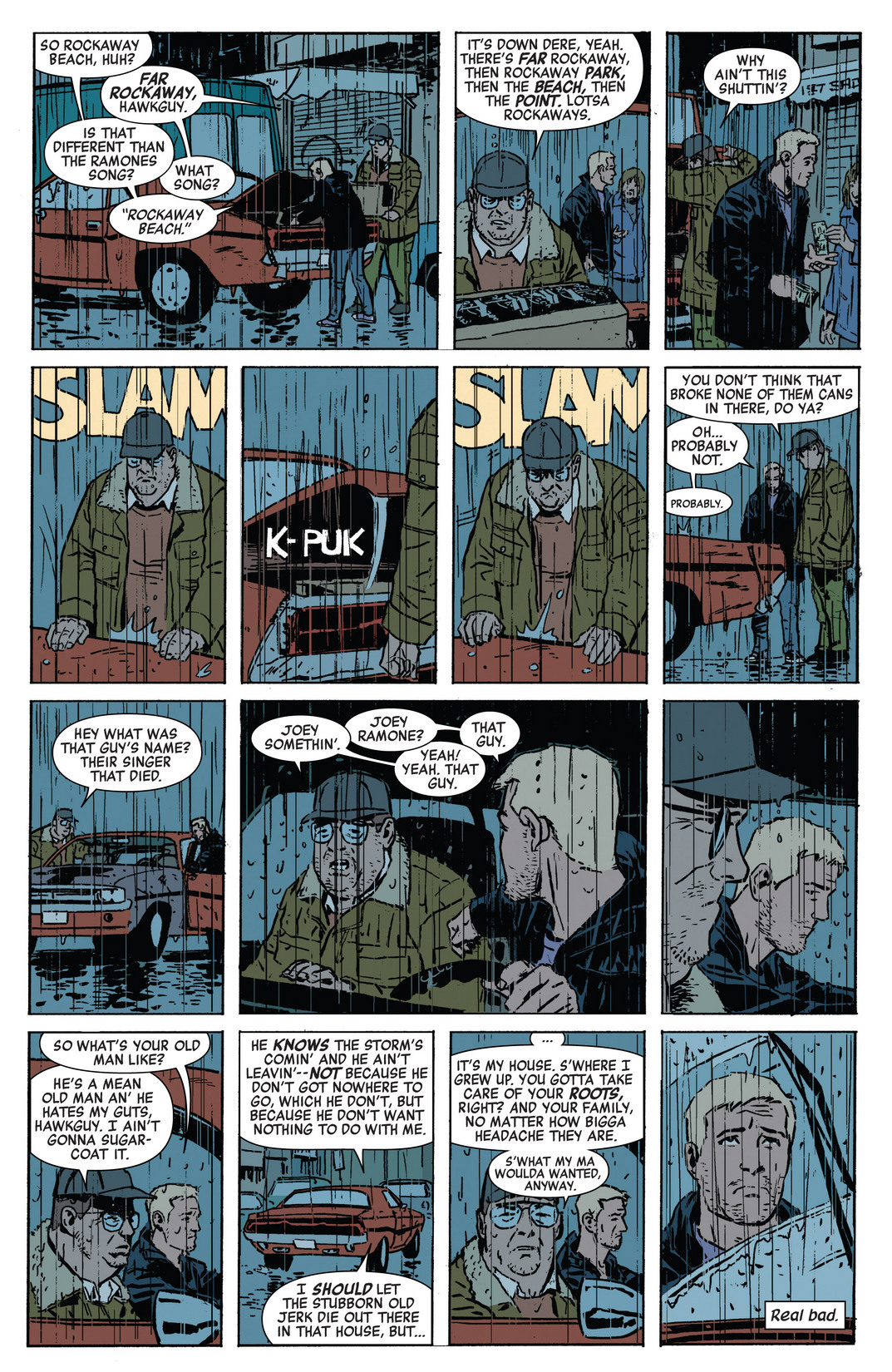
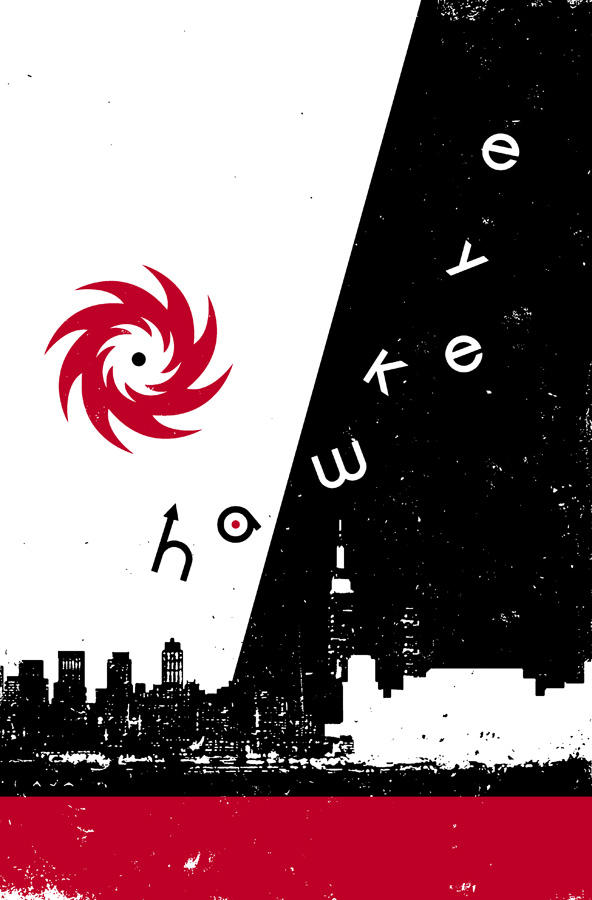

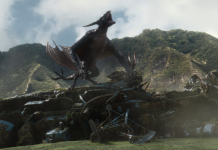

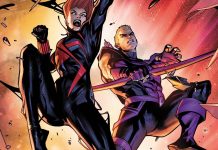
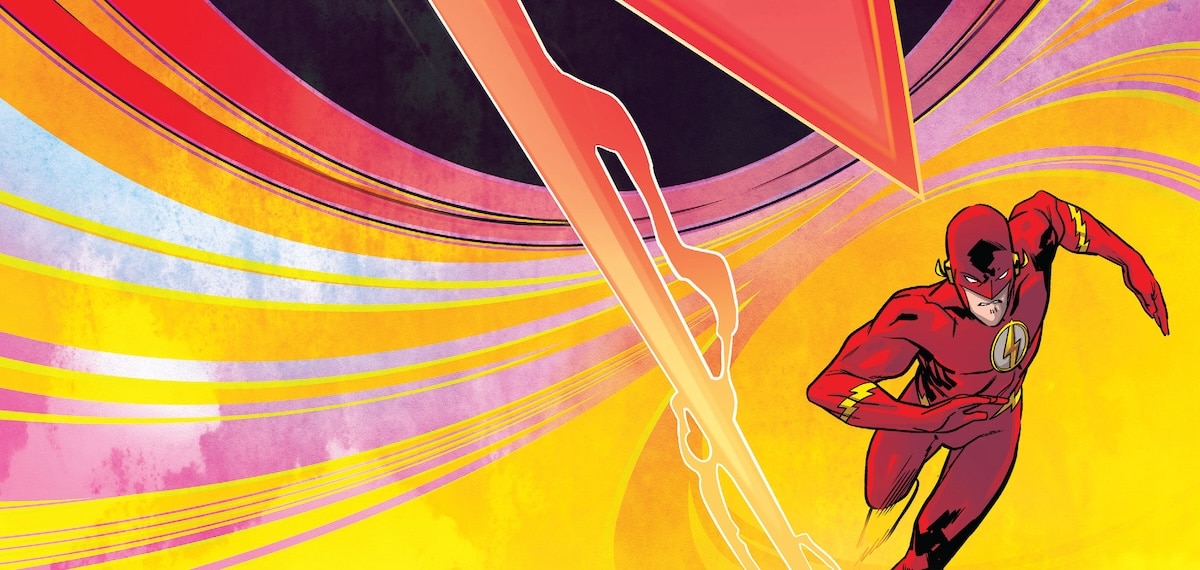

I really liked this issue. I also totally agree about Fractions weakness on Fear Itself. Reading it as a whole with all the tie in issues makes it a decent story but the main series was so stilted and awkward.
I love this title with all my heart.
Here’s hoping they maintain stand-alone stories. It’s as much of a strong point to me personally as the brilliant artwork, writing and overall style.
They say bacon makes everything better, but I think it’s Hamm that makes everything better!
Lieber and Aja are awesome too, for the record.
To be fair, I don’t think it’s just Fraction who has trouble with “event” comics. Bendis on Daredevil or Ultimate Spider-Man, JSA and early GL from Johns, Aaron’s non-AvX work on Wolverine and the X-Men — that’s the stuff that keeps me coming back to super-hero books.
Comments are closed.